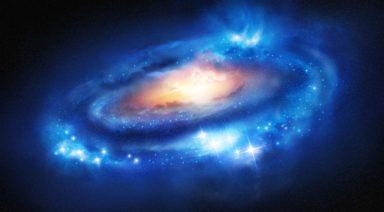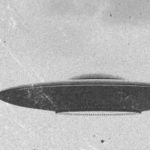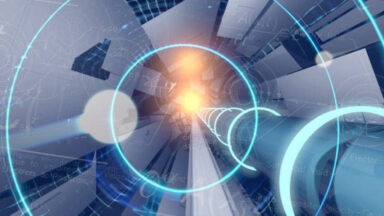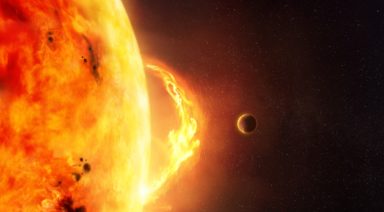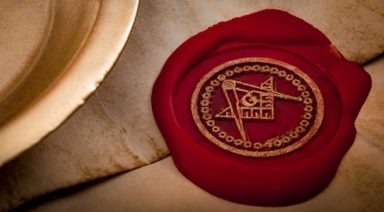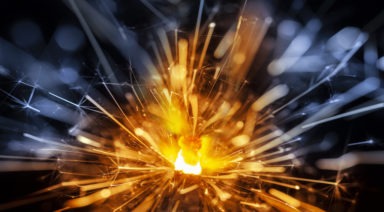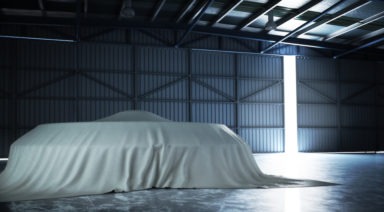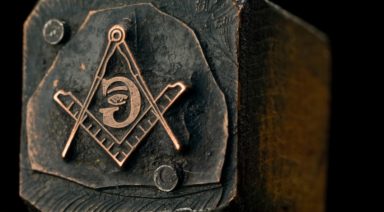The X-37B Conspiracy; Is The Air Force Testing NASA’s EM Drive?
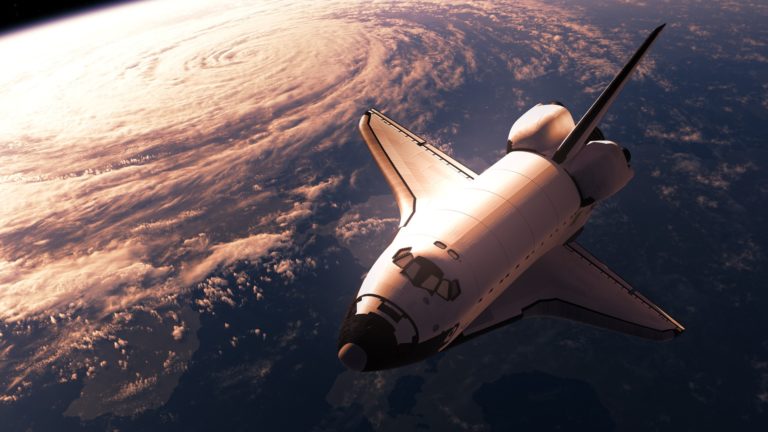
Earlier this year, the Air Force successfully landed one of its X-37B unmanned spacecraft after it spent nearly two years orbiting Earth. Last month, with the help of the SpaceX reusable Falcon 9 rocket, it launched a different X-37B craft for another mission of unknown length. But the duration of this mini-shuttle’s mission is not the only thing undisclosed about the program; everything is. This has inevitably led to a few X-37B conspiracy theories. Is this space drone being used for a nefarious purpose or could it be testing the fuel-less, EM Drive NASA scientists have recently proved feasible?
The X-37B Conspiracy
The X37-B started at NASA in 1999, before being transferred to the Air Force where it was put in the 45th Space Wing program, ostensibly for the development of reusable space vehicles. Though it looks like a miniature version of one of the space shuttles, the X-37B has a more advanced thermal protection layer in addition to some reticent technology inside.
Also known as an Orbital Test Vehicle, Boeing’s secretive “Phantom Works” division spearheaded the plane’s construction, and the elusive nature of the program has led many to believe that it is experimenting with highly advanced intellectual technology. Between the two crafts, the latest launch is the fourth mission which could last anywhere from weeks to years. Some have speculated that the X-37B could be conducting reconnaissance missions on foreign nations or sabotaging foreign satellites that could be perceived as a threat.
But others believe that the Air Force could be in the early stages of launching a program that would weaponize space, causing some panic in the global hegemonic struggle. Both China and Russia have shown concern over the X-37B conspiracy, expressing a desire to create similar crafts of their own. And that fear may be justified, considering that DARPA has also played a role in the plane’s development.
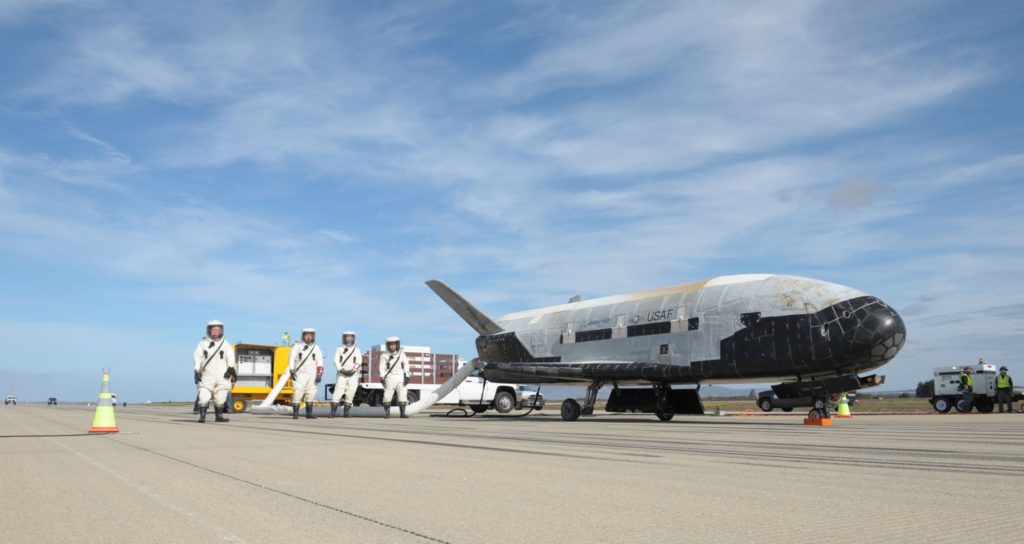
The X-37B courtesy afspc.af.mil
According to the Air Force website, in addition to performing long duration missions and experimentation, the X-37B will test advanced guidance, navigation and control, thermal protection systems, avionics, high temperature structures and seals, conformal reusable insulation, lightweight electromechanical flight systems, advanced propulsion systems, and autonomous orbital flight, reentry, and landing. But despite this laundry list of tests, these technologies are relatively vague and there is not much further detail as to what they are specifically.
The “Impossible Drive,” How an EM Drive Works
The X-37B supposedly runs on a hypergolic fuel system that has been common in jet propulsion since the 1940s. In a hypergolic system propulsion is achieved when two chemicals, usually hydrazine and nitrogen tetroxide, come into contact with each other, eliminating the need for an ignition mechanism. This is a classic system that abides by Newton’s Law, stating that every action has an equal and opposite reaction; in order to achieve thrust, there needs to be propellant pushed in the opposite direction of where you want your craft to go. This, of course, requires fuel and often copious amounts of it.
The idea that thrust can be achieved without a propellant would seem to be impossible. But a recent breakthrough in the development of an electromagnetic engine, or EM drive, may prove to bend these laws, or at least appear to. Based on a hypothetical concept by English engineer Robert Shawyer, NASA has been developing an EM drive under the leadership of Dr. Harold White at its Eagleworks Laboratories at Johnson Space Center.
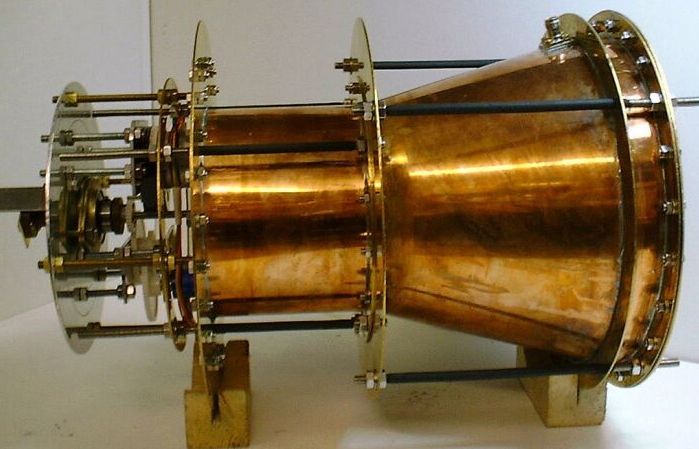
NASA’s EM Drive courtesy emdrive.com
More technically referred to as a radio-frequency resonant cavity thruster, the EM drive would rely on electromagnetic waves to propel a spacecraft. The traditional rocket propulsion system would be replaced with a microwave cavity that produces thrust from an electromagnetic field. These microwaves would push against the inside of the device causing the craft to accelerate in the opposite direction.
White and his team have measured results from their EM drive that appear to defy Newton’s law of momentum conservation, while producing thrust, sans propellant. Although the results seem anomalous, they have yet to be disproven. Since this announcement, China has claimed to have built its own EM drive and is purportedly testing it in space. Could this be a race between the U.S. and China to develop a revolutionary quantum engine?
The EM drive would undoubtedly make the combustion of traditional rocket propulsion obsolete and would allow for near-limitless travel, if it comes to fruition. There have been rumors that this technology may also prove capable of having the potential to create a warp bubble that would allow for travel near the speed of light.
Other X-37B Mission Speculation
Another new type of propulsion system that has been proven and built by NASA is the Hall-effect thruster, sometimes referred to simply as an ion thruster. This system employs an electric field to accelerate its propellant, usually xenon. By introducing neutrons into a magnetic field and then using electrons to ionize them, the engine can achieve about 70-75% thrust efficiency from this discharge. These ions are then neutralized in the engine’s plume, otherwise the spacecraft would attract them.
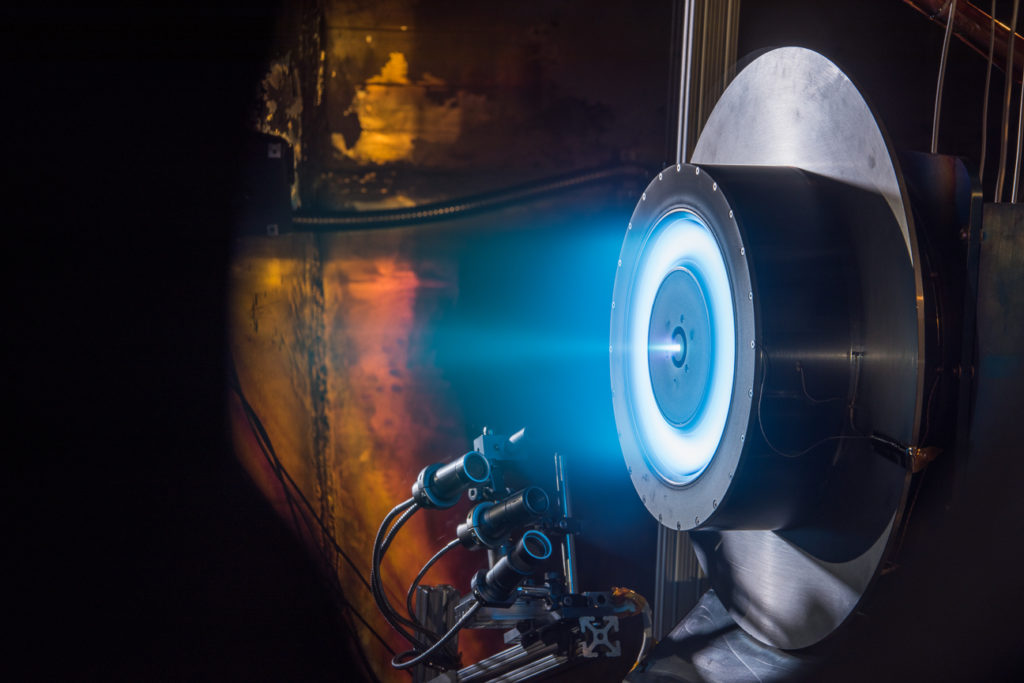
Hall Ion Thruster courtesy nasa.gov
This type of system, though not as powerful as combustion rocket propulsion, uses a fraction of the fuel and can last significantly longer, allowing for more distant travel and longer missions. Though it is ideal for these lengthy missions, it trades off time for efficiency.
The Air Force has admitted that it will be testing a Hall-effect thruster during this mission, but could that be the only thing that is being tested? With recent enthusiasm for sending a manned-mission to Mars, particularly with the support of Elon Musk’s SpaceX, it wouldn’t be surprising if they were testing a novel propulsion system that could make the journey more practical. One can only hope that the test is developing technology for the advancement of mankind rather than its destruction.
Alien Civilizations Might Suffer Similar Fate as Easter Island

Climate change and unrestrained population growth may be two of humanity’s greatest threats. But according to a recent paper published by astrophysicist Adam Frank, it’s probably a pretty common problem experienced by other civilizations throughout the universe.
Depending on who you talk to, there may or may not be evidence for the existence of extraterrestials, but even if we haven’t directly located them, chances are pretty high they’re out there. And if they’re anything like us, they’ve probably faced negative environmental feedback from the intensive energy use burgeoning civilizations put on their planet.
Using a more terrestrial example, Frank and his colleagues looked at the ancient civilization that once inhabited Rapa Nui, also known as Easter Island – a society often examined as a lesson in sustainability.



